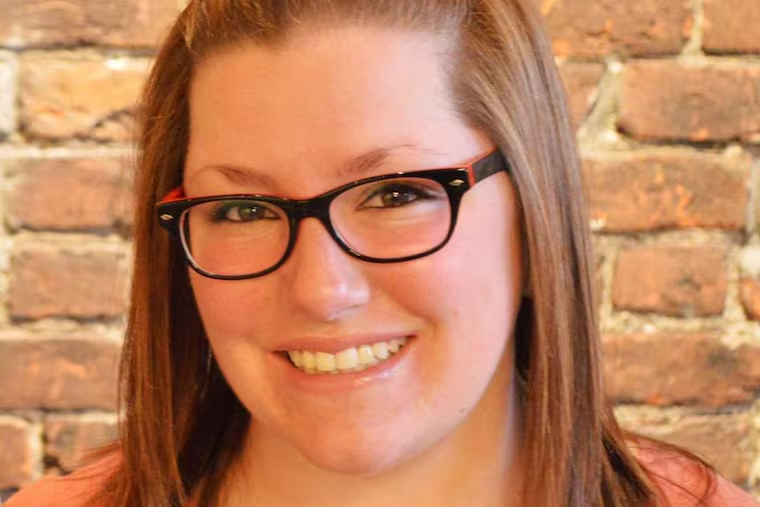These two women in their 30s have the coronavirus and want you to understand that younger people are getting it, too
"I'm just terrified. ... I’m 32 and healthy. If it can happen to me, it can happen to anybody,” said one of them, now hospitalized with double pneumonia.
